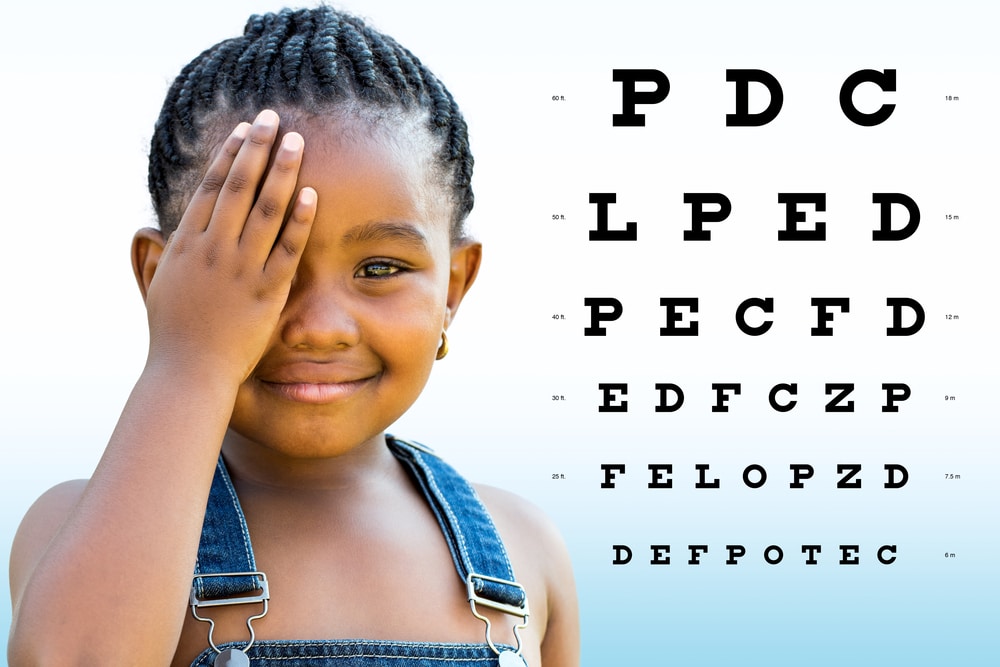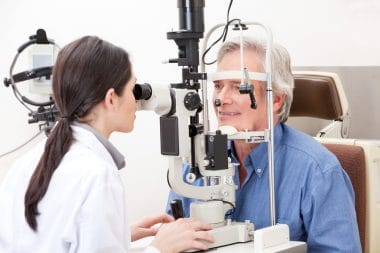Everyone sees colors differently. No matter if you are color blind or not. The retina in our eyes is made up of cones and rods. The cones are the part of the retina that control your color vision. The rods are the part that reacts to the light. When the pigments in the cones have a problem that is when it can result in you being color blind. So if there is only a few pigments that are damaged or missing then you will only have trouble seeing certain colors. When all pigments are missing than no color is seen at all.Â
Color blindness is when you have trouble seeing colors in a normal way, this can mean that you can see some colors well but have difficulty distinguishing between colors, or that colors are washed out or completely missing. There are more than three million cases of color blindness per year. It is extremely common in men and more rare in women. Color blindness is a genetic disease usually. It can be related to other medical conditions but the most common is from genetics. The most common genetic trend is from a Grandfather to Grandson having the mother be the carrier. About one in every twelve men are color blind. Â
Color blindness is usually identified when someone starts having trouble differentiating between colors. You can be tested at an eye doctor. Usually children are tested between ages 4-6 years of age, when they can verbalize what colors look like. Your ability to see color is developed when you are only six months old. Sometimes though color blindness can be so mild that you don’t even notice it and are never actually diagnosed. To be tested you would just need to make an appointment at an eye doctor. The doctor will show you circles made up of many different colors with a shape or number within the circle. The shape or number will not be able to be seen if you are color blind, but will be easily readable if you aren’t. Â
Color blindness is usually a genetic disorder passed from one parent to their child. Color blindness can be caused by other underlying medical conditions. If you have a family history of color blindness in your family the chances of you having it or passing it along to your children is a lot higher. If you have glaucoma or age related macular degeneration also increases your chances of becoming color blind. Other medical conditions include, Alzheimers, multiple sclerosis, Kallman’s syndrome, Parkinson’s disease or diabetes. All of these have a side effect of color blindness. This does not mean you will for sure become color blind if you have one of these conditions, just means the chances of getting it is greater. Some anti-seizure medicines can cause color blindness as well as having damage to your optic nerve. Â
There is no cure for color blindness. If you have an underlying medical condition, your doctor may be able to help treat that condition to lessen your color blindness. Usually you will just learn to distinguish between the colors that you struggle with and it is manageable on its own. It can cause trouble in younger children in school when colors are used for activities. As an adult you may not be able to have a certain jobs that rely heavily on color coded systems such as a pilot, or a job that relies on how colors work together such as a graphic designer. If your color blindness is getting in the way of your living your doctor may have you wear special lensed glasses or contact lenses. These special lenses will help enhance your color perception and help you be able to distinguish between colors easier. Â
There are three main types of colorblindness.Â
The most common of these types is red green color blindness. The second type is blue yellow. And the most rare is complete absence. Â
- Â The most common types being the red green type has four sub groupings.
The first being Deuteranomaly. This is the most common sub groupings of the red green color blindness. It is when your cones in your eye that allow you to see the color green don’t work properly. Shades of yellow and green look red. Blue is hard to differentiate from violet. Â
The next type is called Protanomaly. This is when the cones in your eye that see red don’t work properly. Orange, red, and yellows look green. And lots of colors are less bright.Â
Third type of red green color blindness is Protanopia. This is when all the cones in your eye that perceive the color red do not work at all. So all shades of red look completely gray. And all shades of orange, yellow, or green look yellow. Â
The fourth type is Deuteranopia. This is when all the cones in your eye that perceive the color green do not work at all. The color red looks brown. Yellows, and greens all look beige. Â
2. The next type of color blindness being the blue yellow colorblindness has two sub groups. Â
The first one is Tritanomy. This is when the pigments that see blue are limited. So blues look green. And it is very hard for someone with this type to tell the difference between pink and yellow or red. Â
The second type is Tritanopia. This is when no blue cones work properly at all. All shades of blue look green. Yellow looks like a light gray or violet.Â
3. The third type of colorblindness, complete absence. Is when you have no cones that work properly. So you see no color at all. Everything is in a gray scale, this is called monochromacy. This is very rare.
Though there is no cure for color blindness. Most people who end up having it learn to manage their lives extremely normal. Learning to distinguish colors in a different way then we do as children for how their specific eye sees them. Color blindness affects about 8% of men and only 1% of women and is usually passed through genetics. It is easily diagnosed and afterwards your doctor will be able to talk about your options. If you have an underlying condition that could have a symptom of color blindness your doctor will be able to help you treat that in hopes to get your vision back to normal. Make sure to talk to your eye doctor if you have any concerns of being color blind. Â
Did You Know? Everyone Sees Colors Differently! You Could Be Color Blind! #HealthStatus
The cones are the part of the retina that control your color vision. The rods are the part that reacts to the light.
Sources:
https://www.nei.nih.gov/learn-about-eye-health/eye-conditions-and-diseases/color-blindness
https://www.allaboutvision.com/conditions/colordeficiency.htm
https://www.color-blindness.com/red-green-color-blindness/
https://www.webmd.com/eye-health/color-blindness#3








Reply